Safety ropes are among the most commonly used products across fields like fisheries, agriculture, construction, and outdoor activities. Known for their high load capacity, durability, and flexibility, safety ropes play a crucial role in ensuring safety and efficiency on the job. However, selecting the right type of rope to meet specific needs is not always straightforward. In this article, SIAM Brothers Vietnam will introduce common applications of safety ropes and guide you on choosing high-quality, effective products from the industry’s leading brands.
Safety ropes are crafted from high-quality fibers, including synthetic materials like polypropylene and polyester, providing strong resistance to environmental factors such as UV rays, seawater, and chemicals. With excellent tensile strength, durability, and abrasion resistance, safety ropes are essential in safeguarding users, especially in harsh working conditions.
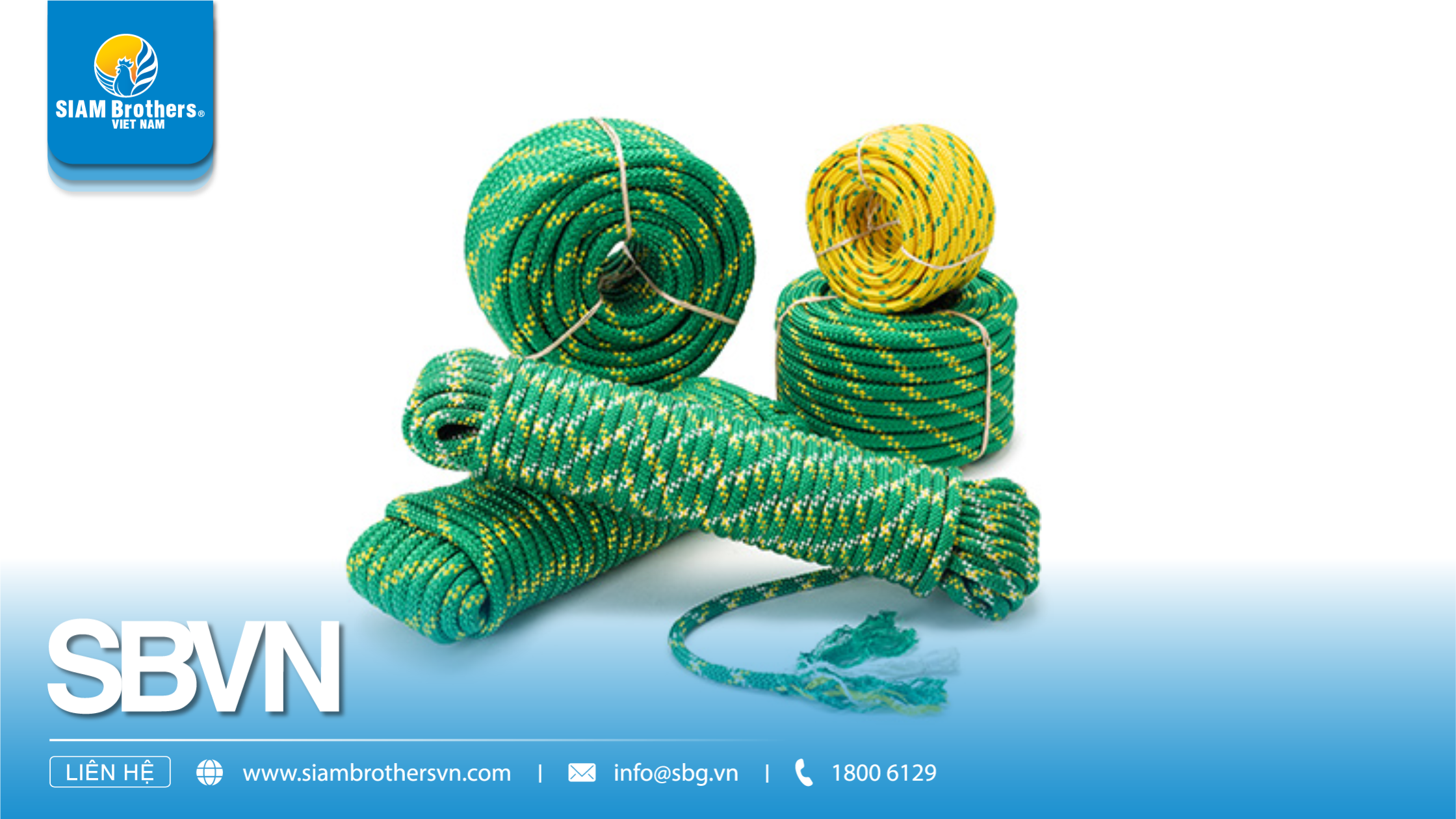 Safety Rope: Widely Used in Fisheries, Agriculture, Construction, and Outdoor Activities - Source: SIAM Brothers Vietnam
Safety Rope: Widely Used in Fisheries, Agriculture, Construction, and Outdoor Activities - Source: SIAM Brothers Vietnam
Read more: 5 Things You Need to Know About Twisted Ropes
Synthetic fiber ropes, typically made from materials like polypropylene or polyester, are the most commonly used type due to their high durability, abrasion resistance, and excellent tensile strength. These synthetic fibers are not only lightweight but also highly resistant to environmental factors such as UV rays, seawater, and chemicals, making them an ideal choice for outdoor tasks in fisheries, agriculture, and the construction industry.
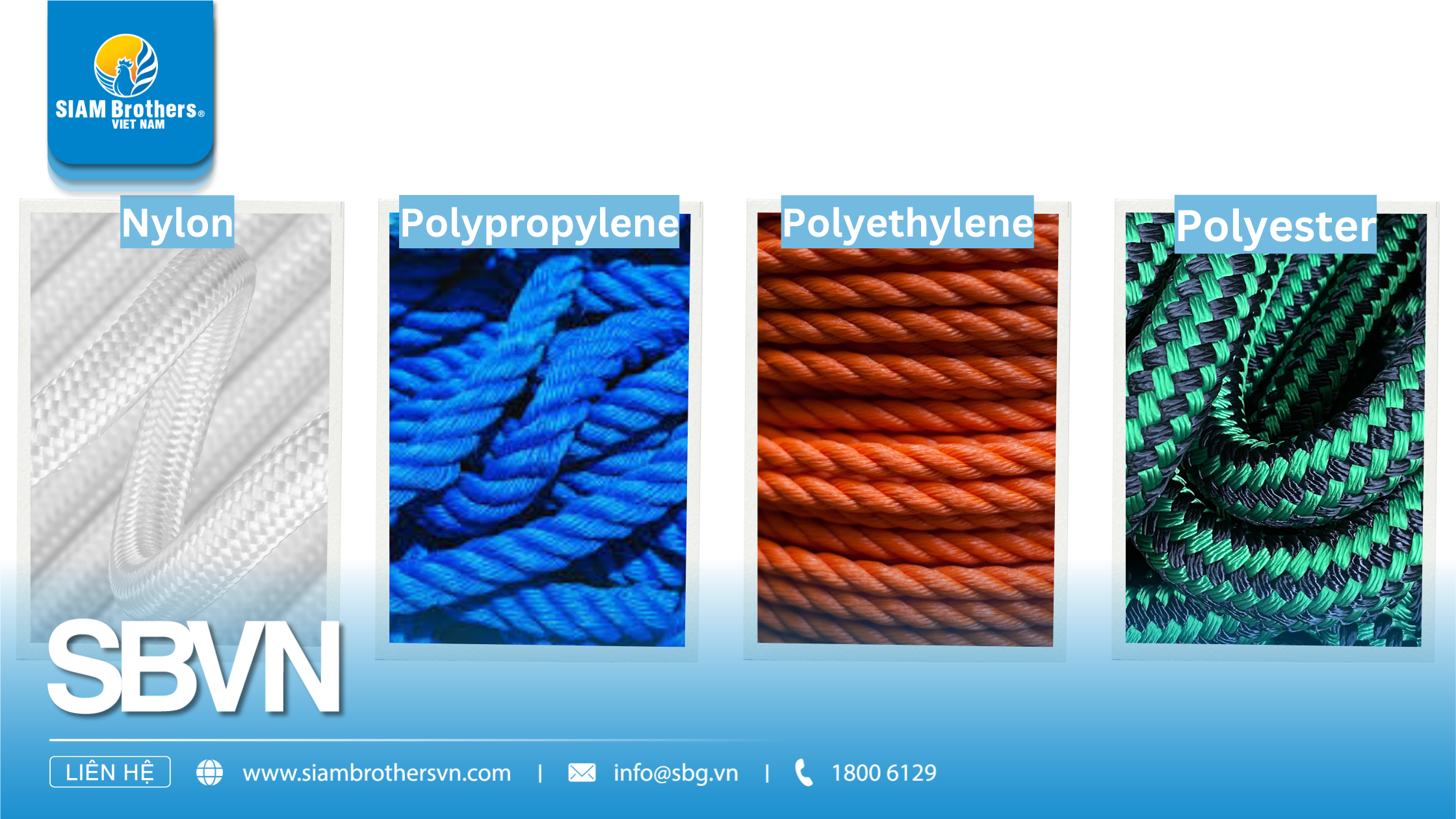 Synthetic Fiber Safety Rope - SIAM Brothers Vietnam
Synthetic Fiber Safety Rope - SIAM Brothers Vietnam
If you’re looking for an eco-friendly solution, natural fiber safety ropes are an ideal choice. Made from natural materials like sisal, cotton, or jute, natural fiber safety ropes are soft, biodegradable, and safe for users. However, these ropes do not have the same tensile strength as synthetic fiber ropes and are more susceptible to environmental factors like moisture and pests.
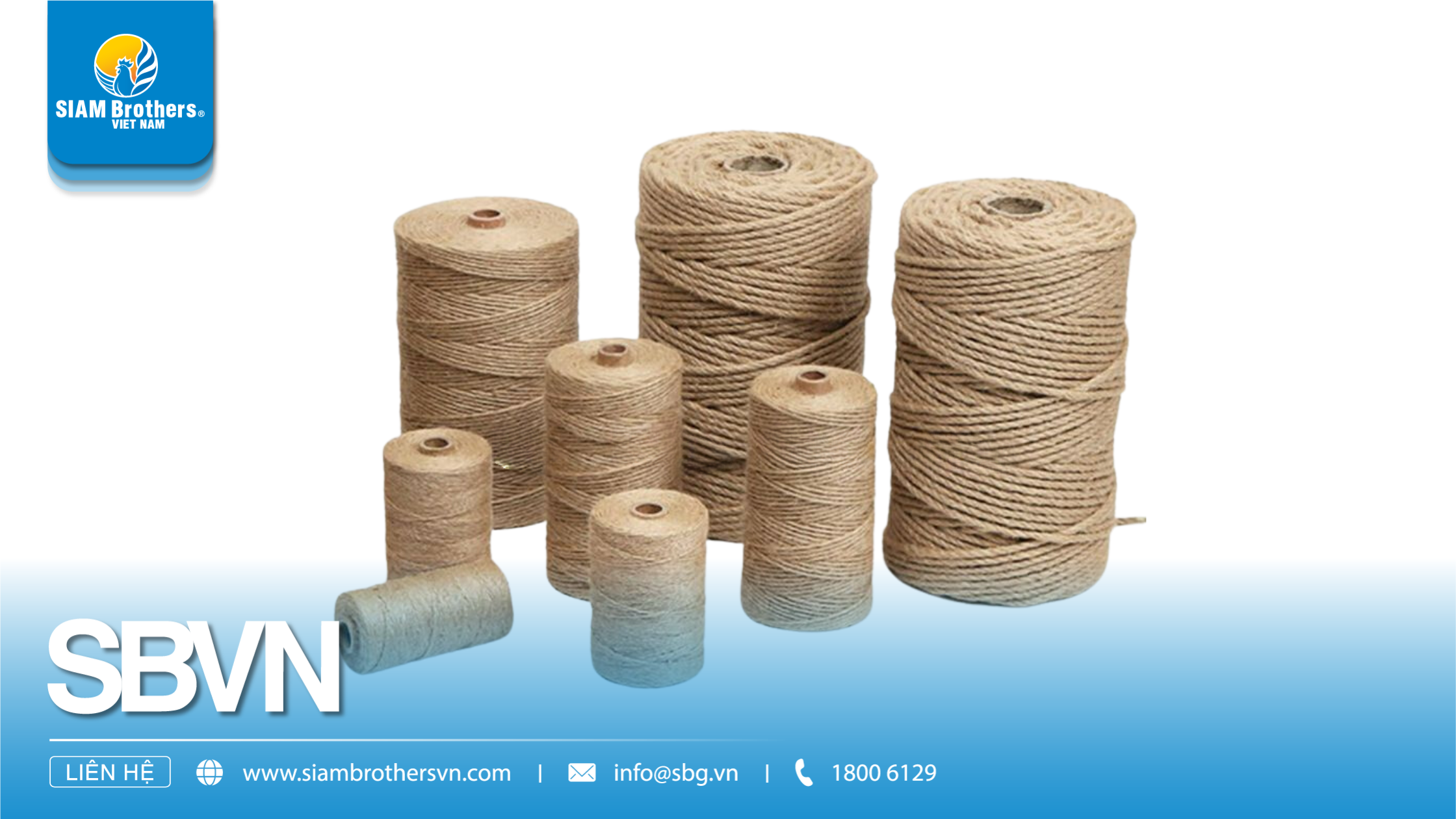 Natural Fiber Safety Rope - SIAM Brothers Vietnam
Natural Fiber Safety Rope - SIAM Brothers Vietnam
For tasks that demand absolute safety and high load-bearing capacity, a high load-bearing safety rope is essential. This type of rope is often specially reinforced to support heavy weights while maintaining durability and safety. It is commonly used in industries such as construction and rescue operations.
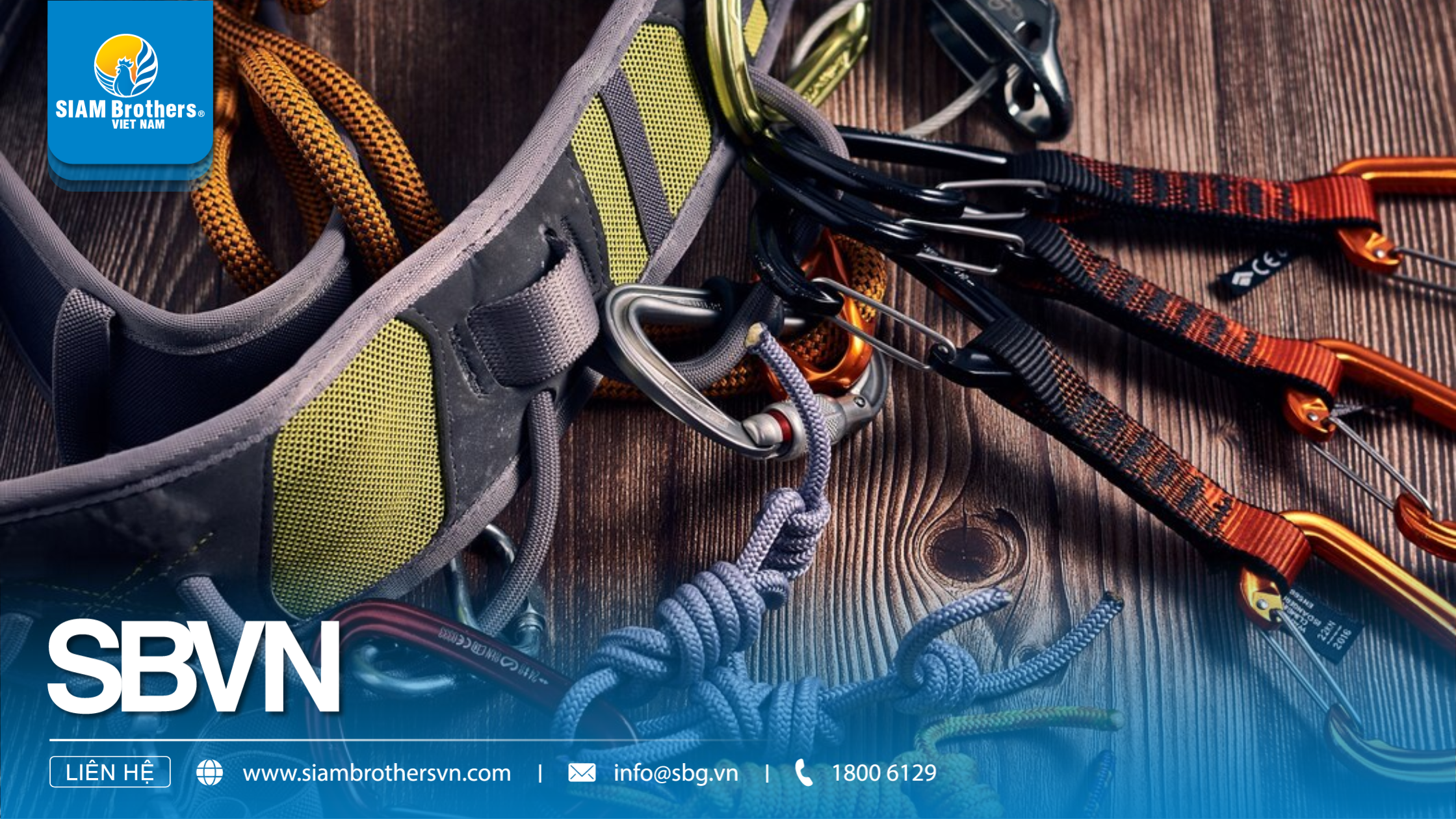 High Load-Bearing Safety Rope - SIAM Brothers Vietnam
High Load-Bearing Safety Rope - SIAM Brothers Vietnam
Learn more: 4 Criteria for Choosing the Right Small Rope for Daily Tasks
One of the first factors to consider when selecting a safety rope is adherence to international quality standards. High-quality ropes typically comply with ISO (International Organization for Standardization) or EN (European Norms) standards. These certifications ensure the rope's strength, durability, and safety in challenging working conditions.
When purchasing a safety rope, check for these quality certifications to ensure that the product meets the necessary standards for your work needs.
Another important factor when choosing a safety rope is its tensile strength and load capacity. Depending on the intended use, you’ll need to select a rope with a load capacity that aligns with the job requirements. For example, in construction or fishing industries, ropes need to handle significant weight loads to ensure the safety of both workers and cargo.
Maximum Load Rating: Be sure to review the maximum load rating information (usually indicated on the product label) to confirm it is suitable for your intended application.
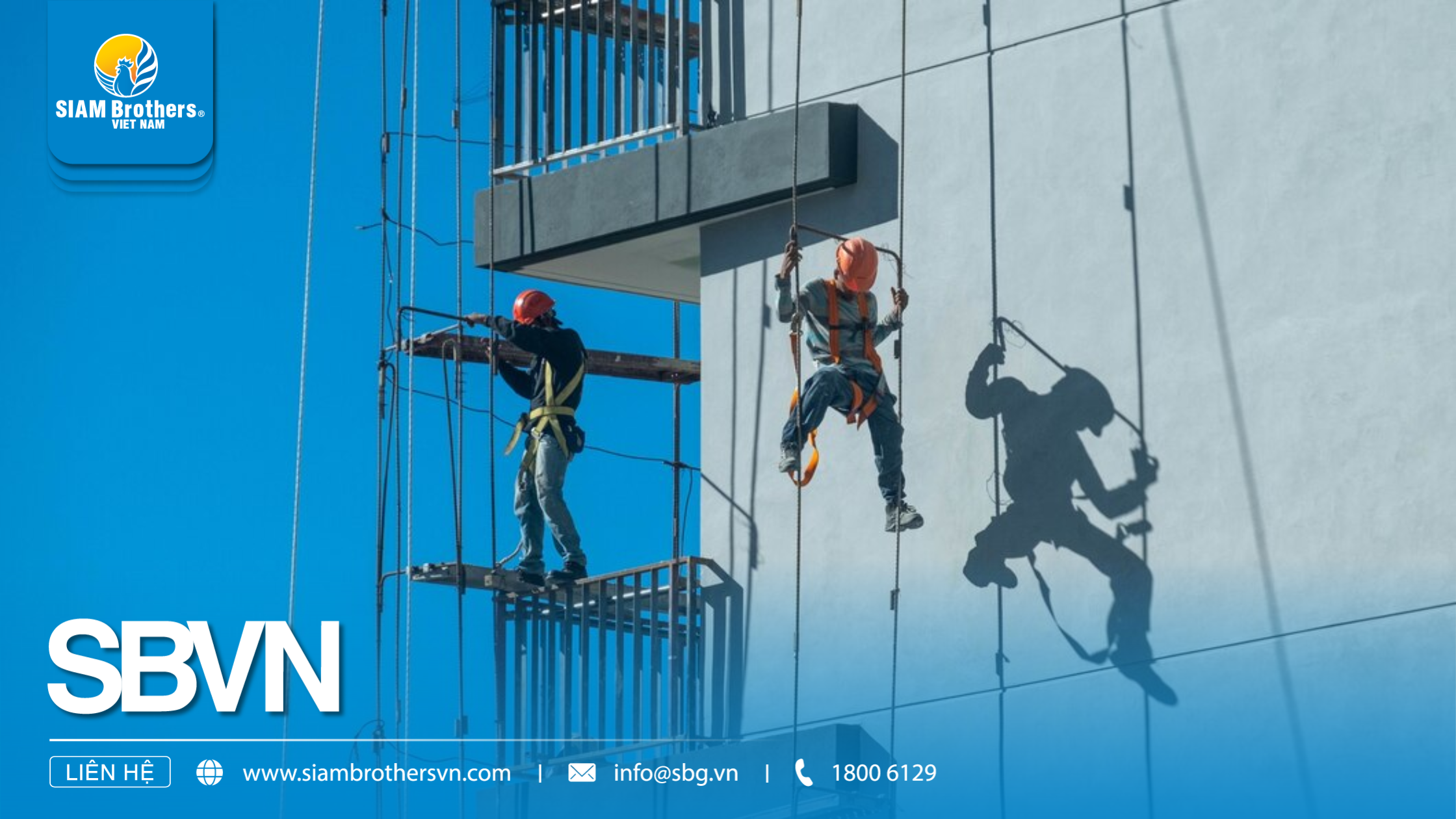 Standards and Key Factors to Consider When Choosing a Safety Rope - Source: Freepik
Standards and Key Factors to Consider When Choosing a Safety Rope - Source: Freepik
Read more: Everything about synthetic rope: a versatile solution for all industries
Material is a key factor that determines the durability and resilience of a safety rope. Common materials include:
Depending on the conditions of use, you should select the appropriate rope material to maximize its effectiveness.
Safety ropes must withstand external elements like UV rays, seawater, chemicals, and harsh weather conditions. For outdoor tasks like fishing, rescue, or construction, this feature is even more critical. Choosing a rope with high abrasion resistance will prolong its lifespan and ensure safety throughout its use.
In the fishing industry, safety ropes are essential for operating vessels, catching fish, and transporting goods. These ropes are used for mooring boats, securing nets, and hauling catches, with excellent seawater resistance and load-bearing capacity. This ensures that the ropes won’t wear out or deteriorate when exposed to saltwater and harsh weather conditions.
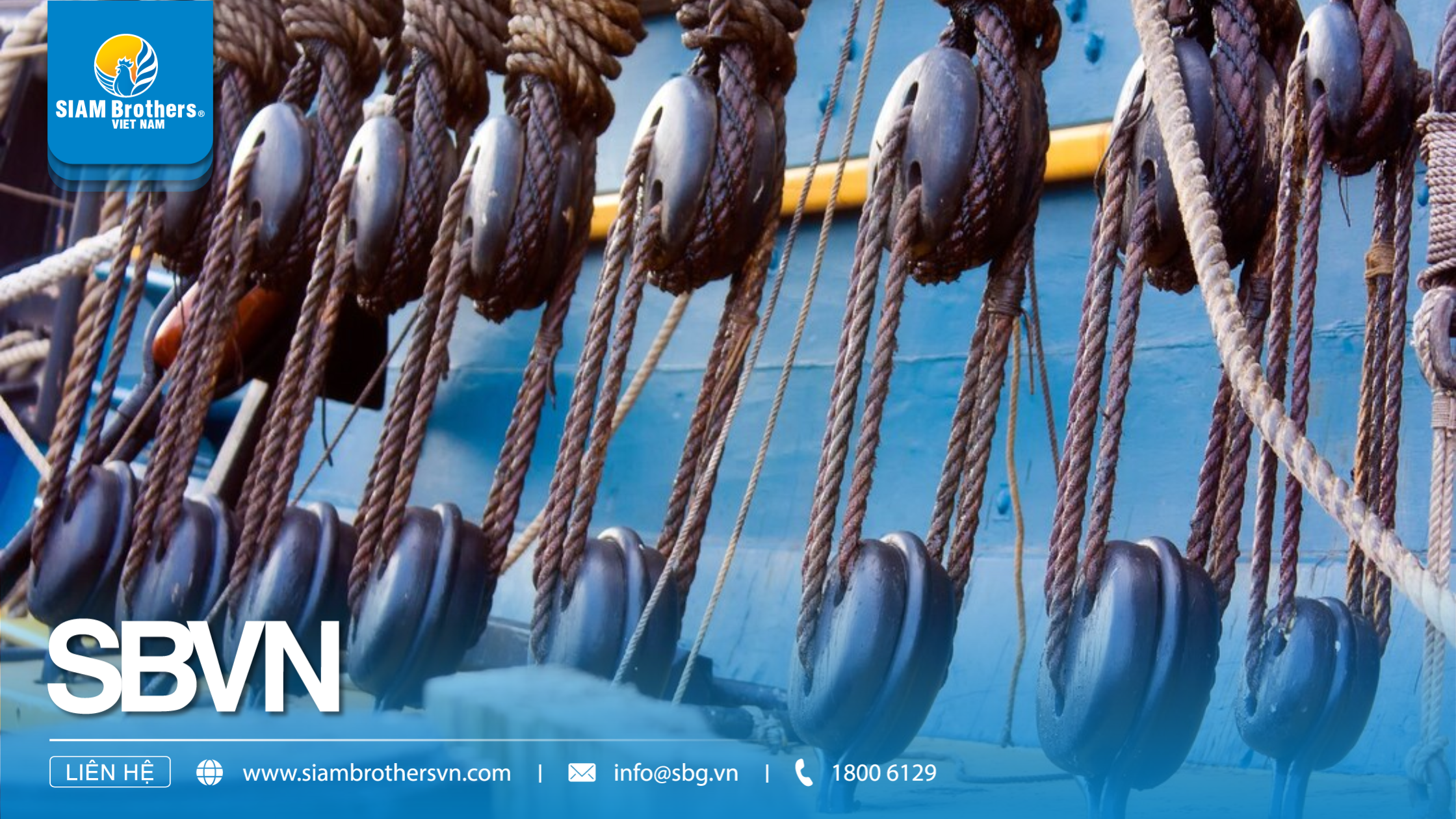 Practical Applications of Safety Rope in the Fisheries Industry - Source: Freepik
Practical Applications of Safety Rope in the Fisheries Industry - Source: Freepik
In the construction field, safety is always the top priority. Safety ropes are commonly used in tasks such as climbing, lifting materials, and high-altitude rescue operations. With their high load capacity and exceptional durability, these ropes help protect workers and ensure smooth lifting operations, minimizing the risk of accidents.
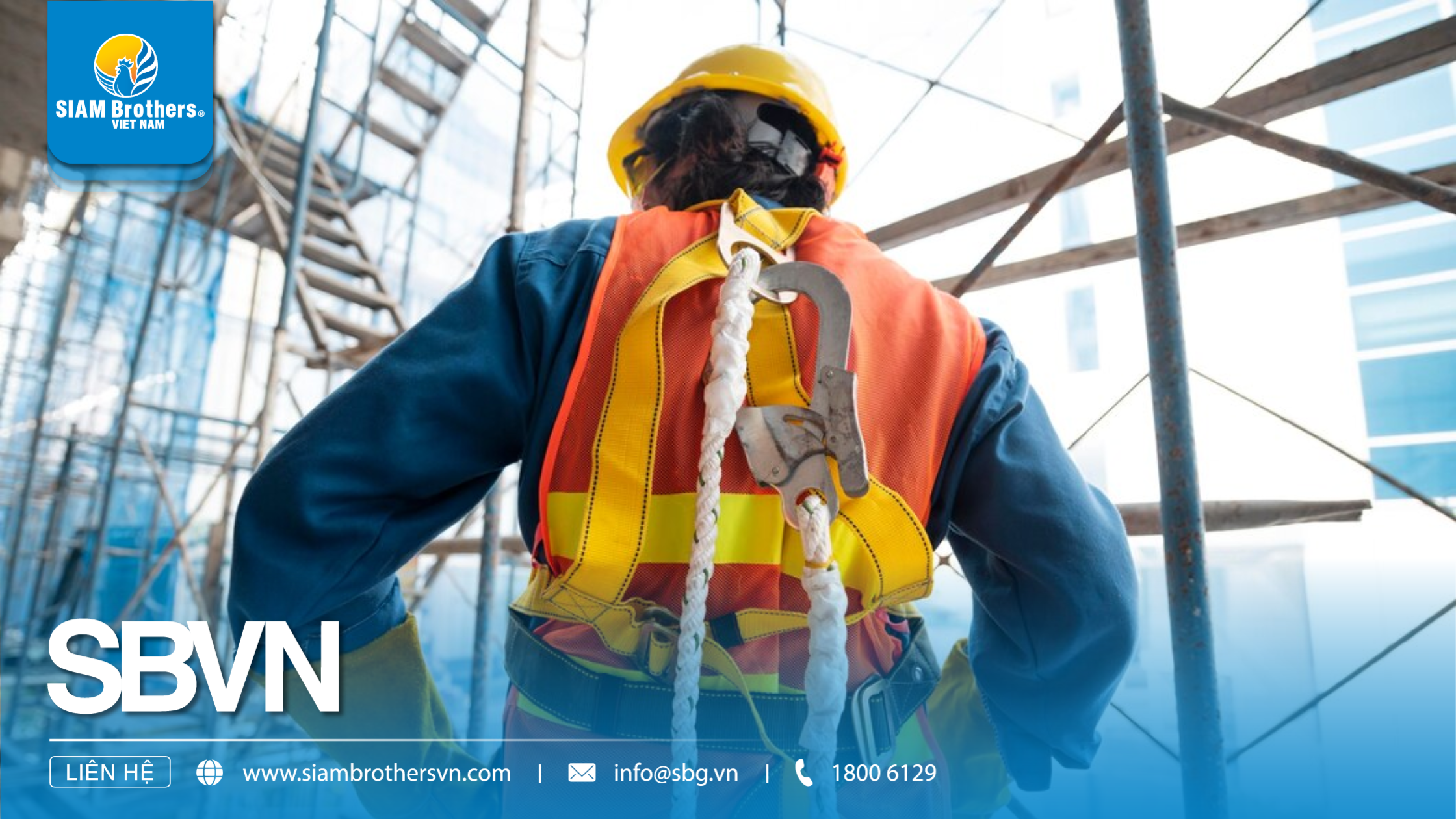 Practical Applications of Safety Rope in the Construction Industry - Source: Freepik
Practical Applications of Safety Rope in the Construction Industry - Source: Freepik
In agriculture, safety ropes are widely used for bundling, hauling, and transporting agricultural products. These ropes need to be durable enough to handle the load of various goods like crops, materials, and tools while ensuring security and stability. With excellent tensile strength and resistance to environmental factors, safety ropes perform effectively in outdoor work settings.
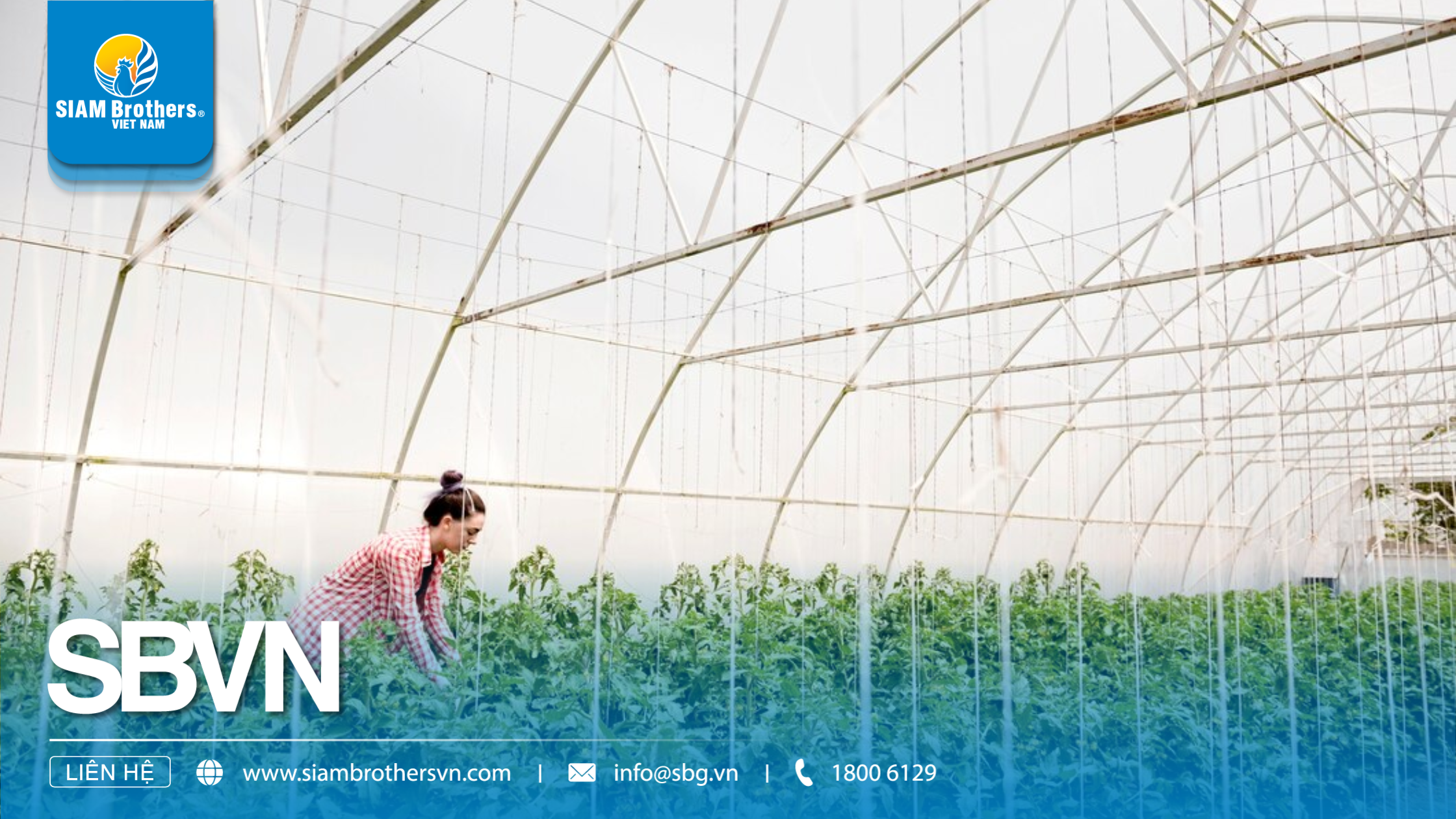 Practical Applications of Safety Rope in the Agriculture Industry - Source: Freepik
Practical Applications of Safety Rope in the Agriculture Industry - Source: Freepik
Safety ropes are also widely used in adventure sports such as climbing, camping, and emergency rescue operations. For activities that demand absolute security and reliability, high-quality safety ropes provide users with peace of mind during outdoor adventures. These ropes not only offer excellent tensile strength but are also flexible, portable, and easy to use.
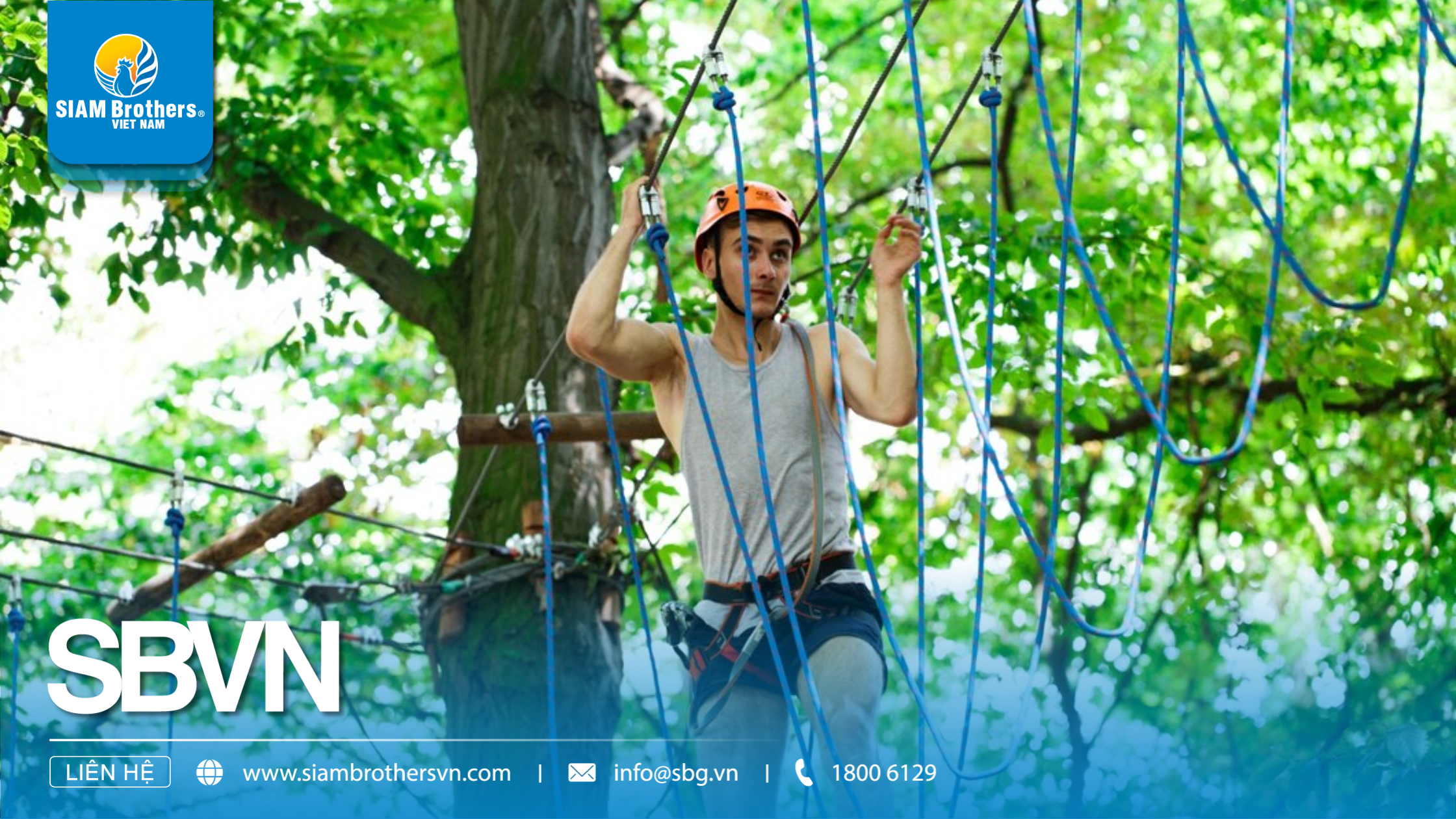 Practical Applications of Safety Rope in Sports and Outdoor Activities - Source: Freepik
Practical Applications of Safety Rope in Sports and Outdoor Activities - Source: Freepik
One of the primary reasons safety ropes deteriorate quickly is improper storage conditions. Keeping ropes in damp areas or exposing them to prolonged moisture can lead to rotting, mold growth, and reduced tensile strength. Always ensure your rope is stored in a dry, well-ventilated location, away from extreme heat and corrosive chemicals.
Tip: If the rope is used in rainy or damp conditions, make sure it is thoroughly dried before storing.
Even with proper storage, safety ropes can wear out over time, especially when used for heavy-duty tasks. Regular inspections can help you detect early signs of wear, such as fraying, cuts, or loss of tension. If any signs of damage are found, replace the rope immediately to ensure safety during use.
Note: Never use a damaged rope, as it may pose a risk to you and others.
A key factor in extending the lifespan of a safety rope is using it for its intended purpose. Each type of rope has specific properties and is designed for various applications, from fisheries and construction to rescue operations. Avoid overloading the rope or using it outside of its recommended scope to prevent damage and prolong its durability.
Example: A rope designed for fishing may not be suitable for high-altitude tasks that require absolute safety; choose the appropriate rope to prevent wear and extend product life.
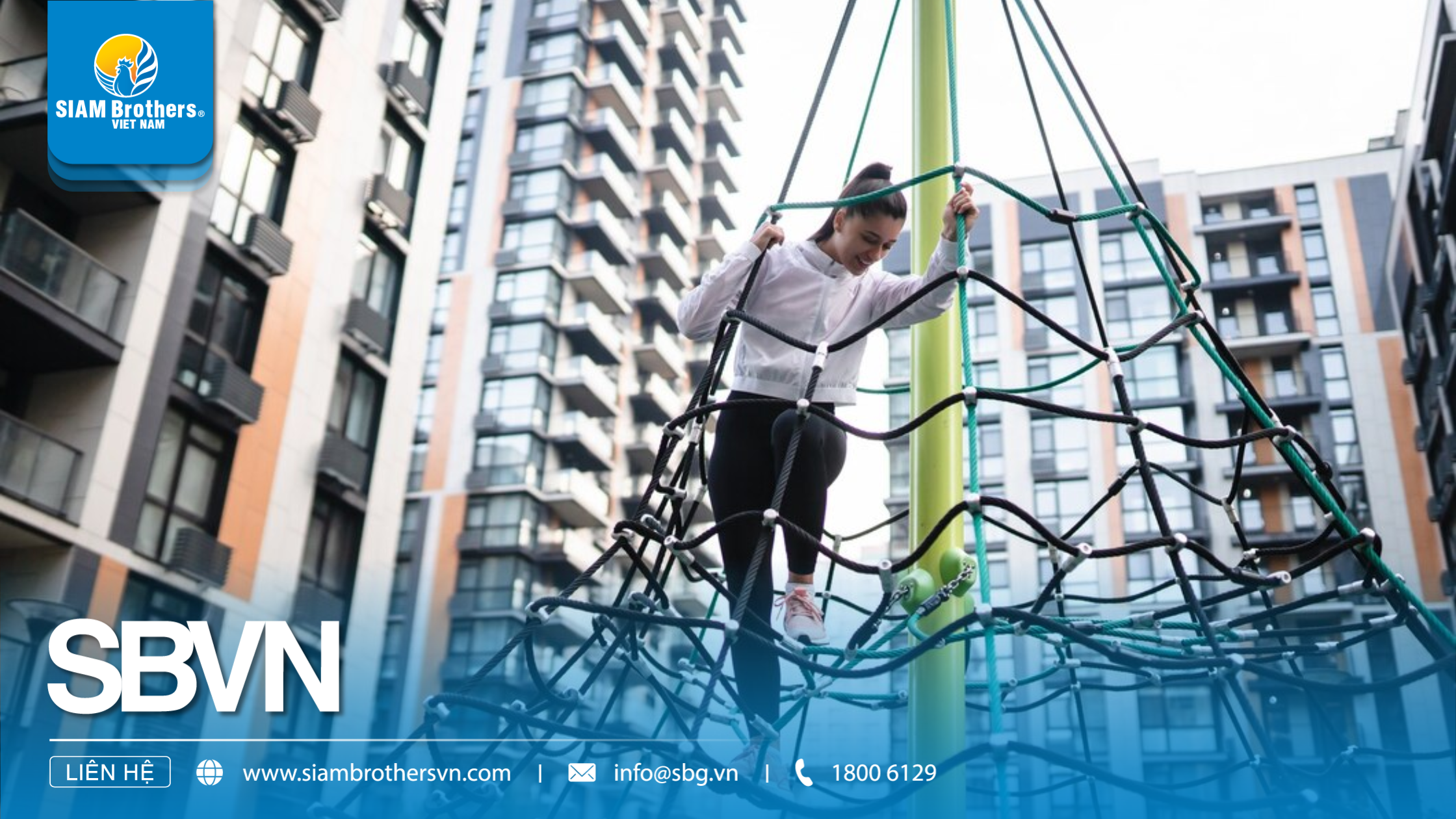 Regularly Inspect Your Safety Rope to Ensure Safe Usage - Source: Freepik
Regularly Inspect Your Safety Rope to Ensure Safe Usage - Source: Freepik
Learn more: Twisted Rope vs. Braided Rope?
Safety ropes play an essential role in a variety of fields, from fisheries and agriculture to construction and outdoor activities. Selecting the right type of safety rope not only enhances work efficiency but also ensures maximum safety for users. When purchasing a safety rope, consider factors such as quality standards, tensile strength, material, and working environment to help extend the product’s lifespan.
With years of experience in producing high-quality ropes, SIAM Brothers Vietnam proudly offers products that meet international standards and fulfill diverse customer requirements. Choose safety ropes from our company to guarantee quality and safety in every task.
Source: SIAM Brothers Vietnam
Contact Us:
Address: 5th Floor, VRG Building, 177 Hai Ba Trung Street, District 3, Ho Chi Minh City, Vietnam
Phone: (+84) 28 39 912 889
Hotline: 1800 6129 (toll-free)
Facebook: fb.com/siambrothersvn
Email: info@sbg.vn
YouTube: youtube.com/@siambrothersvietnam1728
X (Twitter): x.com/sbvnjsc
Zalo OA: zalo.me/1402339229697925373
SBVN ID App:
Google Play: https://bit.ly/SBVNID-Android
App Store: https://bit.ly/SBVNID-iOS
